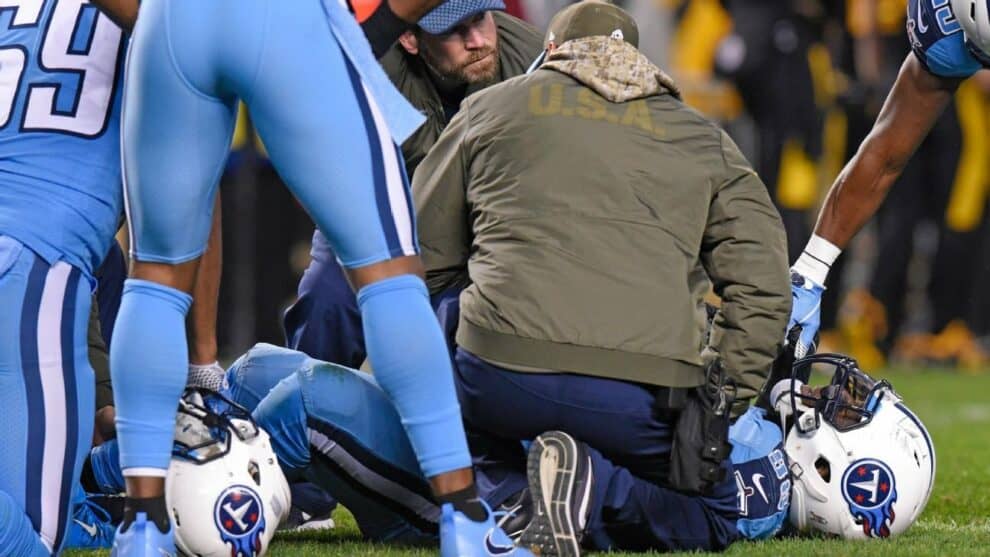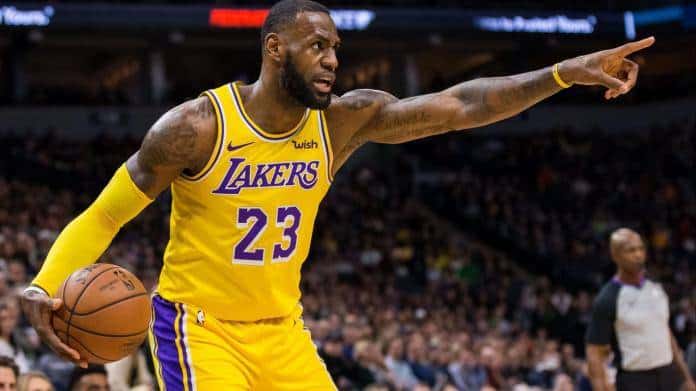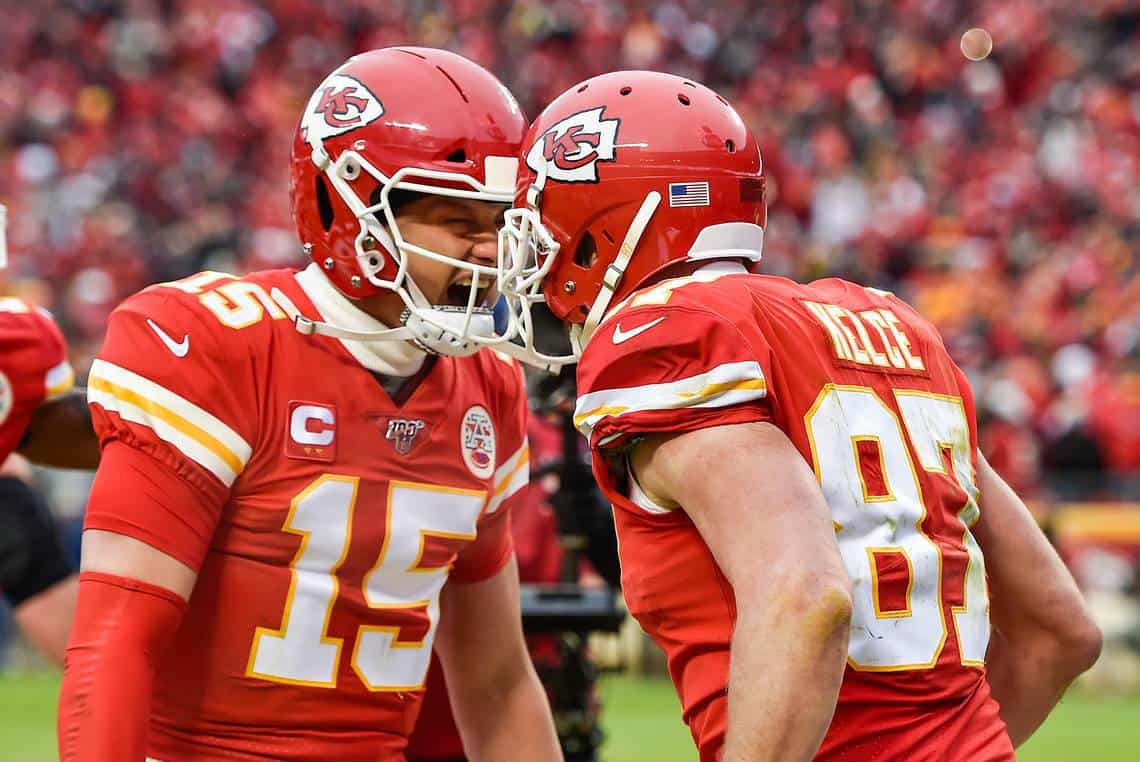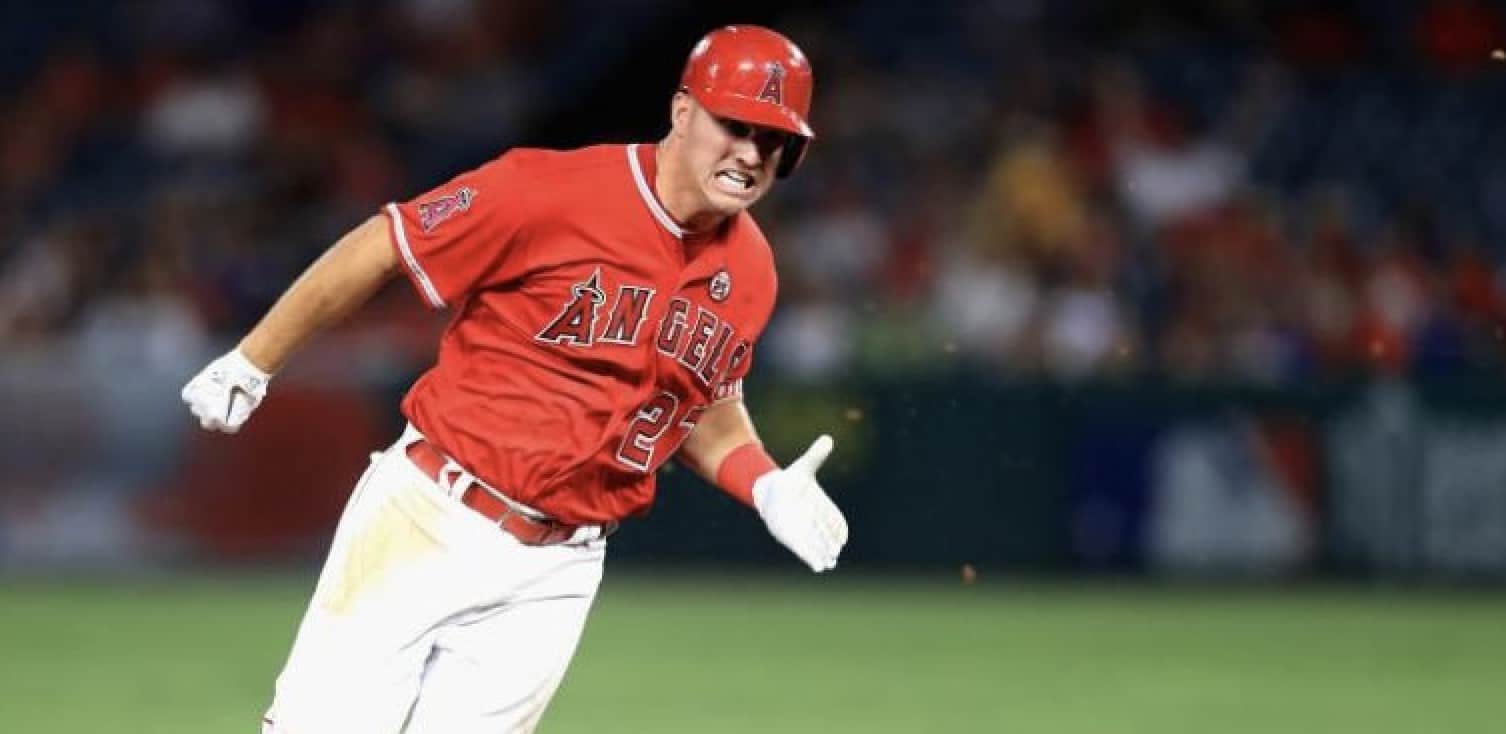
- NFL football is a very physical game and injuries are commonplace.
- It’s difficult to get a true read on injuries in the NFL since there’s often a mentality of ‘playing through the pain’.
- Until recently, the NFL wasn’t proactive in trying to prevent the most significant injuries.
Spoiler alert–NFL football is a very physical game and injuries are commonplace. In this article, we’ll take a look at specifics and run down which injuries are most frequent in the NFL. In fact, this will be the first of several articles in which we take a ‘deep dive’ into NFL injuries. Everyone knows that injuries are a significant part of handicapping but how well do you understand the implications of injuries on a medical and personal level? There’s been constant coverage of Aaron Rodgers season ending Achilles’ Tendon injury but very little serious discussion on what it means, how it was treated, what kind of rehab he faces and what his prospects are for an eventual return. Rodgers is a very tough and determined dude and for that reason alone I don’t think we’ve seen the last of him. We’ll be addressing his injury and rehab specifically in a subsequent article.
To compile this list, I hit up some of my NFL data experts, a couple of oddsmakers and a couple of actual doctors who are familiar with pro and college football. They provided me with excellent information, but they all came about it in different ways. Some addressed overall injuries, others focused on injuries that resulted in lost playing time. As a result, I wasn’t able to do a definitive ‘top ten list’ of the most common injuries in ranked order. Instead, here are some frequent injuries experienced by NFL players. The list is in no particular order and the numbers are just to keep everything organized:
MOST COMMON INJURIES SUFFERED BY NFL PLAYERS
- Concussions: Perhaps the most talked-about injury in recent years, concussions result from a blow to the head or a violent shaking of the head and body. Symptoms can include headaches, dizziness, and difficulty concentrating. The NFL has been at the center of the discussion on traumatic brain injuries and their long-term effects on players. Recent studies have shown a link between repeated concussions and chronic traumatic encephalopathy (CTE), a degenerative brain disease. The effects of concussions and other repeated head trauma have been seen in other sports–boxing and hockey in particular–but due to the popularity of the NFL it gets the most coverage.
- ACL/MCL Tears: The anterior cruciate ligament (ACL) and medial collateral ligament (MCL) are vital stabilizers of the knee joint. Due to the frequent sudden changes in direction and high-speed collisions, players often experience tears in these ligaments. An ACL or MCL tear can be a season-ending injury, requiring surgery and extensive rehabilitation. There’s already been a high profile ACL tear this season with Dallas Cowboys CB Trevon Diggs lost for the year.
- Ankle Sprains: A sprained ankle is a common injury across all sports, and the NFL is no exception. While many ankle sprains are minor and players can return to the field relatively quickly, severe sprains can sideline a player for several weeks. Especially problematic is the high ankle sprain which is damage to the ligaments above the ankle joint.
- Hamstring Strains: The hamstring muscles, located at the back of the thigh, are particularly susceptible to strains, especially among players who rely on sprinting. A hamstring strain can vary in severity, but they’re notoriously tricky because they can easily be re-aggravated if not allowed to heal properly. If you’ve followed sports for any length of time you’ve seen plenty of instances where a player tries to return from a hamstring injury too quickly and finds himself back on IR almost immediately.
- Fractures: Broken bones are a brutal reality in a sport as physical as football. The collarbone (clavicle) and the arm bones (radius and ulna) are among the most commonly fractured. These injuries can result from direct hits or falls and can vary in terms of recovery time depending on the severity and location of the break.
- Turf Toe: While it might sound benign, turf toe is a painful injury that occurs when the main joint of the big toe is sprained. Often a result of playing on artificial turf, hence the name, this injury can be nagging and significantly affect a player’s ability to push off with their foot. I’ve had turf toe (not from playing in the NFL) and it is a surprisingly painful and difficult to heal injury.
- Dislocations: Shoulder dislocations are relatively common in the NFL. The nature of tackles and the sheer force exerted during plays can lead to a player’s arm being forced out of its shoulder socket. Such injuries are painful and can weaken the joint, making it susceptible to future dislocations.
One problem with using injuries in sports handicapping is that teams, players and leagues are notorious for obfuscating the nature and/or severity of injuries. The National Hockey League (NHL) might be the most inscrutable, referring to injuries only as ‘upper body’ or ‘lower body’.









